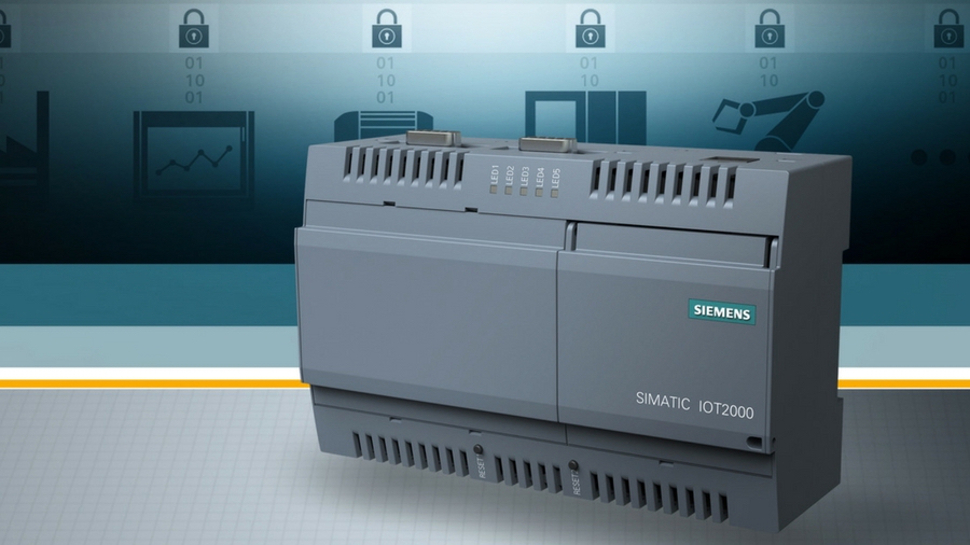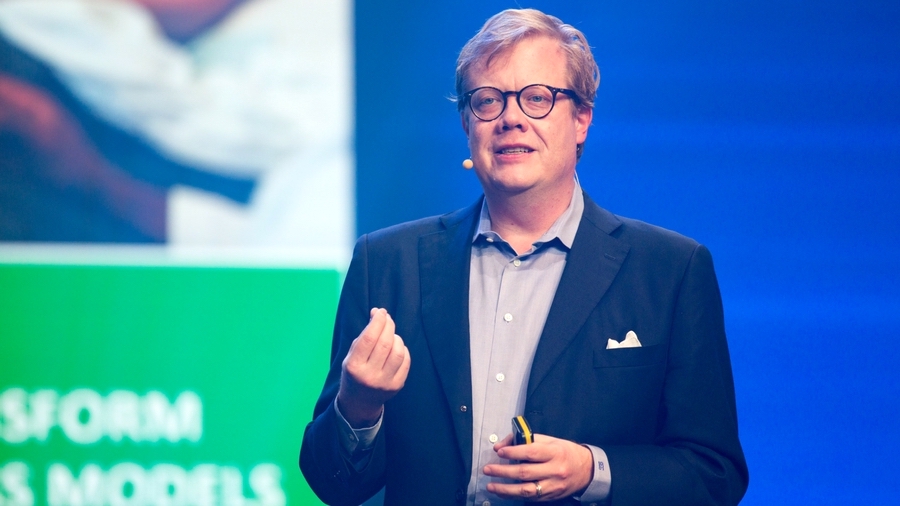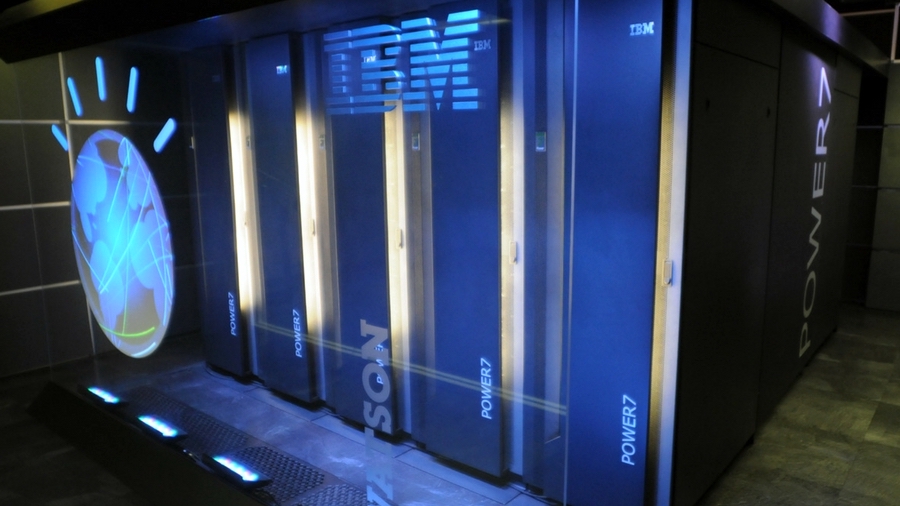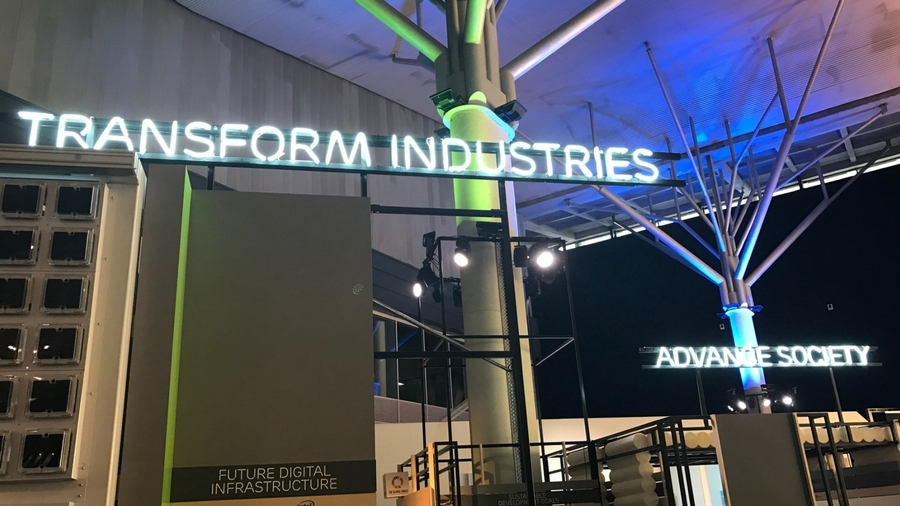All you ever wanted to know about fog computing
The Internet of Things is living on the edge

The Internet of Things (IoT) and the cloud are impossible to separate. Only about a third of the data collected by the growing army of sensors is analysed at source, but as the IoT grows, that is going to need to change.
“Sensors and the data they create are the next big thing,” says Scott Gnau, CTO of data management platform firm Hortonworks. “Compute can now happen at the sensor level, and not solely in a centralised data centre or cloud footprint, and it's sometimes referred to as fog computing.”

What is fog computing?
Fog computing and edge computing are basically the same thing. “Fog computing is the process of computing data that is not in the cloud or at the branch, but at the extreme edge of the network, enabling analytics of that data close to its source,” says Sarah Eccleston, Director of Architecture Sales, Cisco UKI. It’s Cisco itself that has pushed the term ‘fog computing’, but others understand it slightly differently.
“We see ‘fog’ computing as synonymous with ‘edge’ computing, and the terms are often used interchangeably,” says Neil Postlethwaite, Director, IBM Watson IoT Platform and Device Ecosystem. IBM’s Watson IoT Platform helps IoT customers transition work from the cloud to the edge. “It’s reflective of operations performed in the network layer i.e. ‘at the edge’, with provision of compute, data and storage capabilities,” he says.

Combining edge, fog and cloud
If the IoT is primarily about cost-saving for industry, then fog computing is part of that – it's about conducting analytics in the most efficient way possible.
“Businesses must work out the best place in the system to perform the computation that is needed to deliver the required outcome and value,” says Graeme Wright, CTO for Manufacturing, Utilities, and Services at Fujitsu UK.
This is about combining edge, fog and cloud computing. “Edge computing may be used to control the device that is being monitored by a sensor, and only send data back when something changes,” says Wright, who offers an IoT example. “This could then be complemented by fog computing, to alert other sensors or devices of the status change, and take appropriate action.”
Sign up to the TechRadar Pro newsletter to get all the top news, opinion, features and guidance your business needs to succeed!
The cloud can then be used to perform analytics on the system as a whole, alerting staff about maintenance issues. “This setup can not only provide real-time analysis of the data, but also lower data storage, and more importantly improve efficiency,” observes Wright.

Cloud to edge in real-time
Moving some of the data storage and processing to the edge of a network means using edge gateways. “Ideally, you should be able to seamlessly move computing from cloud to edge as and when workload dictates,” says Postlethwaite, who thinks that having intelligence at the edge means decisions can be made closer to the actual IoT sensors and devices.
One example is image processing: visual analytics close to a manufacturing line to check quality – so ‘at the edge’ – saves sending large amounts of data to the cloud for processing.
Top Image Credit: Siemens
Jamie is a freelance tech, travel and space journalist based in the UK. He’s been writing regularly for Techradar since it was launched in 2008 and also writes regularly for Forbes, The Telegraph, the South China Morning Post, Sky & Telescope and the Sky At Night magazine as well as other Future titles T3, Digital Camera World, All About Space and Space.com. He also edits two of his own websites, TravGear.com and WhenIsTheNextEclipse.com that reflect his obsession with travel gear and solar eclipse travel. He is the author of A Stargazing Program For Beginners (Springer, 2015),
